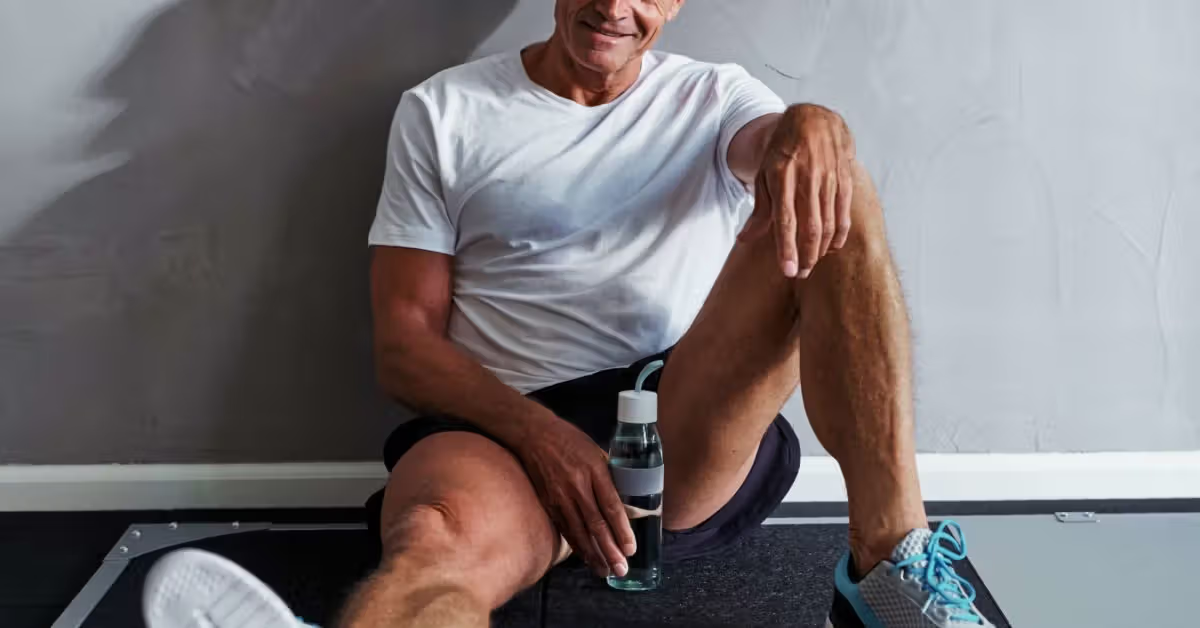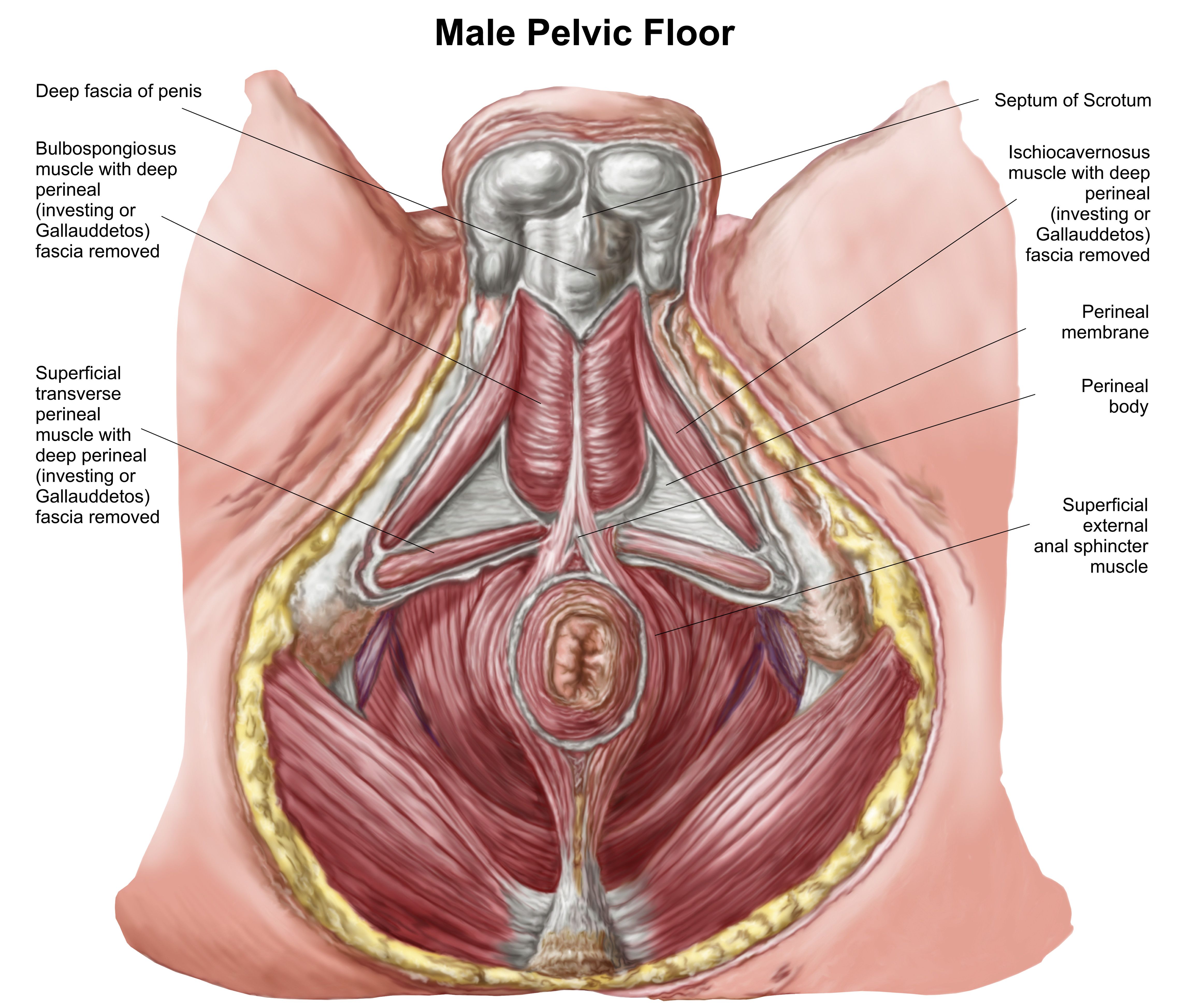Back
Exercises for Erectile Dysfunction
By Shannon Strauch, PTA, STMT-1 on 7/22/2024

Erectile dysfunction (ED) affects millions of men worldwide, impacting their confidence and relationships. While there are various treatments available, exercise is a natural and effective way to improve sexual health. Regular physical activity not only boosts overall well-being but also enhances blood flow, reduces stress, and strengthens the muscles involved in achieving and maintaining an erection.
The pelvic floor muscles play a crucial role in achieving and maintaining an erection. These muscles provide support to the pelvic organs, including the bladder, intestines, and, for men, the prostate and penis. Here’s a closer look at the key pelvic floor muscles involved in erectile function:
Bulbocavernosus (BC) Muscle:
Location:
Encircles the base of the penis and extends to the perineum (area between the scrotum and anus).Function:
The BC muscle is responsible for pumping blood into the penis during an erection and helps with the expulsion of semen during ejaculation. It plays a significant role in the initial phase of achieving an erection by compressing the veins to maintain blood flow in the penile tissues.
Ischiocavernosus (IC) Muscle:
Location:
Runs along the sides of the penis and attaches to the pelvic bones.Function:
The IC muscle assists in maintaining an erection by compressing the veins, which prevents blood from flowing out of the penis. This muscle also contributes to the rigidity and stability of the erect penis.
Pubococcygeus (PC) Muscle:
Location:
Runs from the pubic bone to the tailbone (coccyx), forming a sling around the pelvic organs.Function:
The PC muscle helps control urine flow and contracts during ejaculation. Strengthening this muscle can improve erectile rigidity and control.
Why These Muscles Matter:
Blood Flow:
These muscles help regulate blood flow to the penis. During sexual arousal, they contract to trap blood within the erectile tissues, leading to an erection.
Support and Stability:
They provide structural support to the pelvic organs, ensuring that the penis remains in the optimal position during an erection.
Ejaculation Control:
Strong pelvic floor muscles can improve control over ejaculation, potentially reducing issues like premature ejaculation.
Types of Exercises for Erectile Dysfunction:
Aerobic Exercises:
Aerobic exercises are known to improve cardiovascular health, which is crucial for maintaining a strong erection. These exercises increase heart rate and improve blood circulation throughout the body, including the penis.Example Exercise:
Brisk WalkingHow to Do It:
Aim for at least 30 minutes of brisk walking five days a week.
Benefits:
Walking can reduce the risk of ED by promoting healthy blood flow and reducing stress.
Example Exercise:
JoggingHow to Do It:
Start with short distances and gradually increase your jogging duration as your fitness improves.
Benefits:
Jogging enhances cardiovascular health, boosts endurance, and can help reduce ED symptoms.
Example Exercise:
CyclingHow to Do It:
Use a stationary bike or cycle outdoors for 30-45 minutes several times a week.
Benefits:
Cycling improves circulation and strengthens the lower body muscles, contributing to better erectile function.
Strength Training:
Strength training helps build muscle mass and boosts testosterone levels, which can positively impact erectile function.Example Exercise:
SquatsHow to Do It:
Stand with feet shoulder-width apart, lower your body as if sitting back into a chair, and then return to standing. Perform 3 sets of 10-15 repetitions.
Benefits:
Squats strengthen the lower body and core muscles, improving overall stability and blood flow.
Example Exercise:
DeadliftsHow to Do It:
With a straight back, lift a weighted barbell from the ground to hip level, then lower it back down. Perform 3 sets of 8-12 repetitions.
Benefits:
Deadlifts enhance overall body strength and improve pelvic floor muscle support.
Yoga and Stretching:
Yoga and stretching exercises promote flexibility, reduce stress, and enhance blood flow, all of which are beneficial for sexual health.Example Exercise:
Pelvic TiltsHow to Do It:
Lie on your back with knees bent and feet flat on the floor. Tighten your abdominal muscles and tilt your pelvis upward, then return to the starting position. Repeat 10-15 times.
Benefits:
Pelvic tilts strengthen the pelvic floor muscles and improve flexibility.
Example Exercise:
Butterfly StretchHow to Do It:
Sit on the floor with your feet together and knees bent outward. Hold your feet with your hands and gently press your knees toward the floor. Hold the stretch for 20-30 seconds.
Benefits:
This stretch increases flexibility in the groin area and promotes relaxation.
Pelvic Floor Exercises:
Pelvic floor exercises, commonly known as Kegel exercises, specifically target the muscles that support erectile function.Example Exercise:
Kegel ExercisesHow to Do It:
Identify your pelvic floor muscles by stopping urination midstream. Once identified, contract these muscles and hold for 5 seconds, then relax for 5 seconds. Repeat 10-15 times, three times a day.
Benefits:
Kegel exercises strengthen the pelvic floor muscles, enhancing erectile function and ejaculatory control.
Additional Tips:
Healthy Lifestyle Choices:
Adopt a balanced diet rich in fruits, vegetables, lean proteins, and whole grains. Limit alcohol intake and quit smoking to improve blood flow and overall health.
Consultation:
Always consult a healthcare provider before starting new exercises, especially if you have underlying health conditions. They can provide personalized advice and ensure your safety. It is also important to note that sometimes ED can be because of overly tight pelvic floor muscles, so if Kegels start making your symptoms worse, stop and consult a pelvic floor therapist to see if it is an appropriate exercise for you at this time.
Conclusion:
Exercise is a powerful tool in managing erectile dysfunction. By incorporating aerobic exercises, strength training, yoga, and pelvic floor exercises into your routine, you can improve your sexual health naturally. Remember, consistency is key, and making healthy lifestyle choices will further enhance your efforts. Start today and take control of your sexual well-being! Reach out to us at Pelvic Health Center in Madison, NJ to set up an evaluation and treatment! Feel free to call us at 908-443-9880 or email us at receptionmadison@pelvichealthnj.com.Read More:
How Chronic Pelvic Congestion in Men Contributes to Prostatitis By Shannon Strauch, PTA, STMT-1 on 12/11/2024 How lymphatic issues can cause symptoms of prostatitis Prostatitis and Tight Pelvic Floor Muscles: A Comprehensive Guide By Shannon Strauch, PTA, STMT-1 on 12/10/2024 How a tight pelvic floor can be the reason for prostatitis symptoms
Are you ready to live pain free?
Request An Appointment